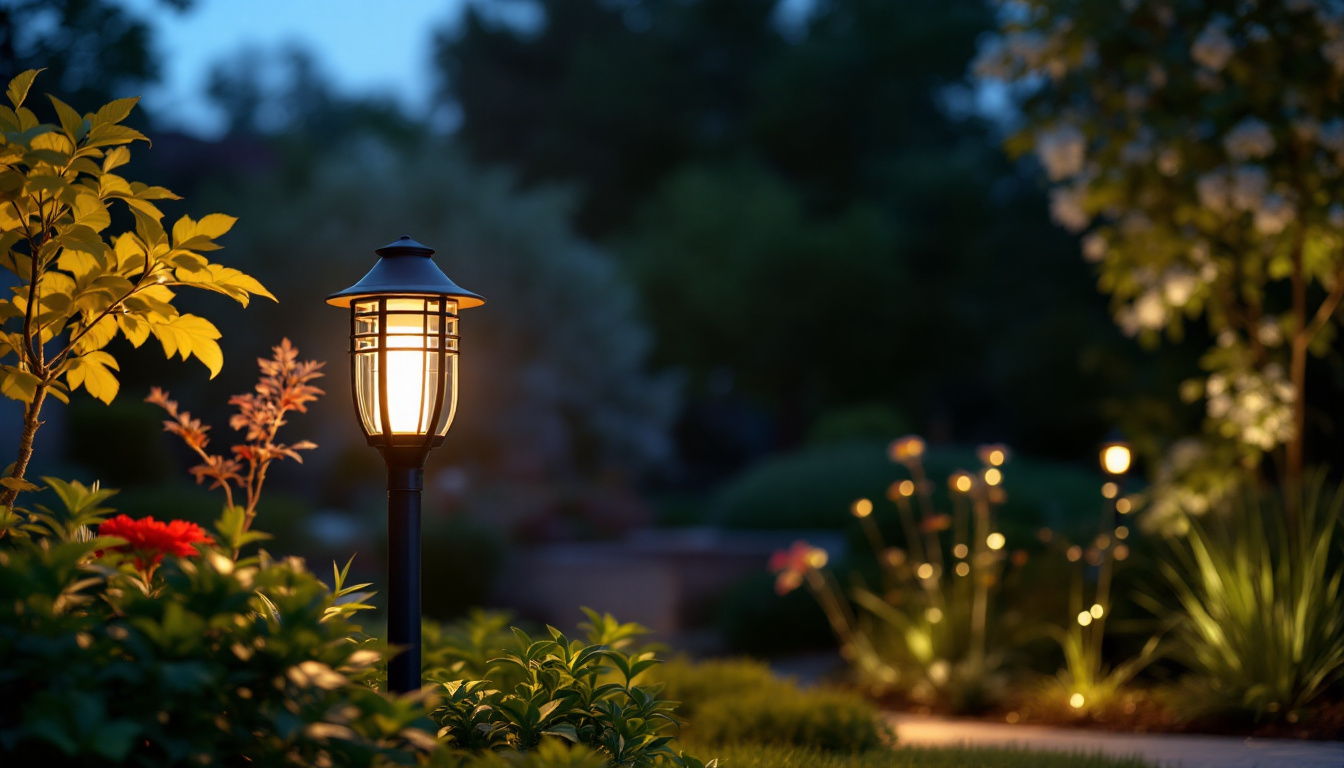
As the demand for modern lighting solutions continues to grow, recessed lighting has become a popular choice among homeowners and contractors alike. Understanding how many recessed lights are needed for a space is crucial for achieving the desired ambiance and functionality. This article provides valuable insights and quick tips for lighting contractors to ensure optimal lighting design.
Recessed lighting, often referred to as can lights or pot lights, is installed into the ceiling, creating a clean and streamlined look. These fixtures provide ambient, task, or accent lighting, making them versatile for various applications. However, determining the correct number of fixtures needed requires careful consideration of several factors.
There are several types of recessed lights available, each designed for specific purposes. For instance, general lighting fixtures provide overall illumination, while task lighting is focused on specific areas such as kitchen counters or reading nooks. Accent lighting, on the other hand, is used to highlight artwork or architectural features. Understanding the intended use of the space will help in deciding the number and type of recessed lights needed. Moreover, there are also adjustable or gimbal recessed lights that can be angled to direct light where it is most needed, making them ideal for highlighting features in a room or providing focused lighting for activities like cooking or reading.
One of the primary advantages of recessed lighting is its ability to create a clean aesthetic by eliminating bulky fixtures. This type of lighting also allows for flexibility in design, as fixtures can be strategically placed to enhance the room’s architecture. Additionally, recessed lights can be dimmed, allowing for customizable lighting levels that suit various activities and moods. Another significant benefit is energy efficiency; many recessed lighting options now use LED bulbs, which consume less electricity and have a longer lifespan compared to traditional incandescent bulbs. This not only reduces energy bills but also minimizes the frequency of replacements, making it a cost-effective solution in the long run. Furthermore, with the advancement of smart home technology, recessed lighting can now be integrated into home automation systems, allowing users to control lighting remotely or set schedules for enhanced convenience and energy savings.
When determining how many recessed lights are needed, several factors come into play. Each element contributes to the overall effectiveness of the lighting design, ensuring that the space is well-lit and visually appealing.
The size and layout of the room are critical in calculating the number of recessed lights required. A general rule of thumb is to install one recessed light for every 4 to 6 square feet of ceiling space. However, this guideline can vary based on the room’s function and the desired light intensity. For larger rooms, additional fixtures may be necessary to achieve even illumination.
Additionally, the layout of the room should be taken into account. For example, a long and narrow room may require more lights along its length to avoid dark spots. Conversely, a square room may need fewer fixtures, provided they are evenly distributed to cover the entire area. It’s also essential to consider the placement of furniture and other obstacles that may block light; strategic positioning of recessed lights can help to minimize shadows and enhance the overall ambience of the room.
ceiling height significantly impacts the effectiveness of recessed lighting. Higher ceilings may require more fixtures or higher wattage bulbs to ensure adequate illumination. In spaces with ceilings above 10 feet, it is advisable to increase the number of recessed lights or consider using adjustable fixtures that can direct light downward.
Moreover, the type of bulb used can also affect how light is distributed. LED bulbs, for example, tend to be more efficient and can provide brighter light with lower wattage, making them an excellent choice for high ceilings. In addition, dimmable LED options can offer versatility, allowing you to adjust the brightness based on the time of day or the activity taking place in the room, further enhancing the functionality of your lighting scheme.
The intended purpose of the lighting is another crucial factor. For general ambient lighting, fewer fixtures may suffice, while task-oriented areas such as kitchens or offices may require more focused lighting. Accent lighting for artwork or architectural features should also be considered, as these elements may necessitate additional recessed lights to create the desired effect.
Furthermore, the color temperature of the bulbs plays a significant role in achieving the right atmosphere. Warmer light (around 2700K to 3000K) is often preferred for living spaces to create a cozy and inviting environment, while cooler light (4000K and above) is more suitable for workspaces, promoting alertness and concentration. Understanding these nuances can help you fine-tune your lighting design, ensuring that it not only meets functional needs but also enhances the aesthetic appeal of your home or office space.
Once the key factors have been assessed, it’s time to calculate the number of recessed lights needed. This process can be broken down into manageable steps to ensure accuracy and efficiency.
To begin, measure the length and width of the room to determine its total square footage. For example, a room measuring 15 feet by 20 feet has a total area of 300 square feet. Using the general guideline of one recessed light per 4 to 6 square feet, divide the total area by the desired coverage area. In this case, dividing 300 by 5 (the midpoint of the range) suggests approximately 60 recessed lights.
However, this is a starting point. Adjustments should be made based on the factors previously discussed, such as ceiling height and the room’s purpose. For instance, if the room has a higher ceiling or is intended for task lighting, consider increasing the number of fixtures accordingly. Additionally, the color of the walls and the type of flooring can influence how light is perceived in the space. Lighter colors reflect more light, potentially allowing for fewer fixtures, while darker colors absorb light, necessitating more fixtures to achieve the desired brightness.
Spacing is another critical aspect of recessed lighting design. A common guideline is to space fixtures approximately 4 to 6 feet apart for general lighting. In rooms with specific tasks, such as kitchens, fixtures should be placed closer together, about 3 to 4 feet apart, to ensure adequate light coverage over work areas.
For accent lighting, the fixtures should be positioned to highlight specific features, such as artwork or architectural details. The distance between the fixture and the object being highlighted should be about 1.5 times the height of the object for optimal effect. This not only enhances the visual appeal of the space but also creates a dynamic atmosphere that can change with different lighting scenarios. Consider using dimmable recessed lights to provide flexibility in mood and functionality, allowing you to adjust the brightness according to the time of day or the activity taking place in the room. Furthermore, integrating smart lighting technology can offer convenience and energy efficiency, enabling you to control the lighting remotely or set schedules for automatic adjustments.
Even experienced lighting contractors can make mistakes when calculating recessed lighting needs. Being aware of common pitfalls can help ensure a successful installation that meets both aesthetic and functional requirements.
One of the most frequent mistakes is overcrowding fixtures, which can lead to harsh lighting and an uninviting atmosphere. It’s essential to strike a balance between sufficient lighting and an overly bright environment. Following the spacing guidelines and considering the room’s purpose will help avoid this issue.
Another common oversight is neglecting to incorporate dimming options. Dimmers allow for flexibility in lighting levels, enabling homeowners to adjust the ambiance based on their needs. Including dimmable fixtures in the design can enhance the functionality of the space and provide a more enjoyable experience.
Before finalizing the installation, it’s advisable to test the proposed lighting layout. Using temporary fixtures or mock-ups can help visualize how the lighting will look in the space. This step allows for adjustments to be made before permanent installation, ensuring that the final result meets the homeowner’s expectations.
In conclusion, determining the number of recessed lights needed requires careful consideration of various factors, including room size, ceiling height, and lighting purpose. By following the outlined steps and avoiding common mistakes, lighting contractors can create effective and aesthetically pleasing lighting designs that enhance the overall ambiance of any space.
As lighting technology continues to evolve, staying informed about the latest trends and advancements is essential for lighting contractors. New products and techniques can improve efficiency and aesthetics, allowing for better design solutions that meet the needs of modern homeowners.
Effective communication with clients is key to understanding their preferences and requirements. Engaging in discussions about their vision for the space can provide valuable insights that inform the lighting design process. By collaborating closely with clients, contractors can ensure that the final result aligns with their expectations.
Recessed lighting offers a versatile and stylish solution for various spaces, but determining the correct number of fixtures is crucial for achieving the desired effect. By considering the factors discussed in this article, lighting contractors can confidently calculate the number of recessed lights needed, ensuring a successful installation that enhances both functionality and aesthetics.
With careful planning and attention to detail, recessed lighting can transform a space, creating an inviting and well-lit environment that meets the needs of homeowners and enhances their living experience.
Ready to elevate your lighting projects with the perfect recessed lights? Look no further than LumenWholesale for all your lighting needs. Our spec-grade lighting products are designed to meet the highest industry standards, ensuring you deliver exceptional results every time. With unbeatable wholesale prices and free shipping on bulk orders, you can provide your clients with premium lighting solutions while maximizing your value. Don’t let inflated markups and hidden fees hinder your projects. Choose LumenWholesale for quality, affordability, and convenience. Wholesale Lighting at the Best Value is just a click away.

Explore the key differences between T8 and T12 bulbs in this insightful guide for lighting contractors.

Discover the innovative world of wireless lighting solutions that can transform your business.

Discover the hidden dangers behind a flickering light bulb and learn top strategies from expert lighting contractors to ensure your home’s safety.

Explore essential insights and expert tips for lighting contractors on selecting and installing outdoor yard lamps.